Stage presence is often the defining element of a performance, whether it’s on the stage, screen, or even in everyday life. One of the most impactful ways to elevate your stage presence is through the art of crafting memorable stage costumes. Whether you’re a seasoned performer, a budding costume designer, or someone looking to add a unique twist to your next event, the ability to create standout costumes can transform your audience’s experience. From professional theater productions to homemade creations, the process of designing and assembling stage costumes offers endless possibilities for self-expression and storytelling.
Key Takeaways
– Designing Effective Costumes: Prioritize comfort and mobility, choose durable materials, ensure aesthetic cohesion, tailor fit to the wearer’s body, and align the costume’s theme with its purpose.
– Costume Designer Focus Areas: Analyze characters deeply, adapt to settings and time periods, align with storytelling themes, collaborate with directors, ensure cultural authenticity, balance historical accuracy with modern techniques, and consider actors’ physicality and practicality.
– Types of Costumes: Explore historical, fantastical, dance, and modern costumes to suit diverse needs in theatrical performances.
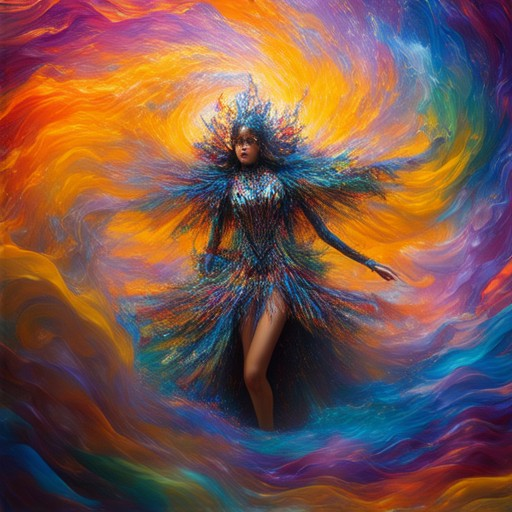
How to Become a Costume Maker
To embark on a career as a costume maker, follow these organized steps:
- Understand the Role Costume making involves creating outfits for theater, film, special events, or personal projects. It requires creativity, attention to detail, and technical skills.
- Start Small Begin by experimenting with simple costumes or alterations. Work on friends’ or family members’ clothing to gain practical experience.
- Learn Basic Sewing Techniques Master fundamental sewing skills like stitching, hemming, and pattern alteration. Consider taking formal classes or watching tutorials to improve your techniques.
- Study Fashion Design Enroll in courses or workshops focused on fashion design to understand fabric types, patterns, and construction methods. This will give you a solid foundation.
- Acquire Tools and Materials Invest in essential tools such as a sewing machine, scissors, measuring tape, and various fabrics. Build a workspace with adequate lighting and storage.
- Practice on Sample Outfits Create sample costumes based on historical periods or fictional characters. Document your progress to showcase your skills.
- Seek Feedback Show your work to peers or professionals for critique. This will help identify areas for improvement and refine your designs.
- Network and Collaborate Join online communities or local groups of costume makers. Collaborate with others on projects to expand your expertise and build relationships.
- Create a Portfolio Compile images of your best work into a portfolio. Include details about each piece, such as the project scope and challenges overcome.
- Promote Your Services Share your portfolio on social media platforms and online marketplaces. Attend local conventions or events to showcase your work and connect with potential clients.
- Stay Updated Keep abreast of fashion trends and industry advancements. Follow blogs, watch videos, and attend workshops to stay inspired and informed.
By following these steps, you can develop the skills and confidence necessary to pursue a successful career as a costume maker. Remember to always strive for excellence and remain open to learning new techniques.
For more resources and inspiration, visit our official website: Oedipus Band .
What Are the 4 Major Elements of Costume Design?
Costume design encompasses various essential elements that contribute to the creation of cohesive and meaningful outfits. Here are the four primary components:
- Aesthetic Appeal
- The visual aspect of costumes is crucial for storytelling and character representation. Designers focus on colors, textures, shapes, and proportions to evoke specific emotions and immerse the audience in the narrative. For instance, vibrant colors may convey joy, while muted tones might indicate sadness or mystery.
-
Practicality
- Beyond aesthetics, costumes must function within the context of the performance. Materials are chosen based on durability, comfort, and movement. For example, in dance or action-packed performances, flexibility and breathability are key considerations to ensure the actors can move freely and comfortably.
-
Psychological Impact
- Costumes often carry psychological messages that resonate with the audience. They can symbolize character traits, social status, or cultural background. A uniform, for instance, might signify authority or conformity, while unique or mismatched attire could imply individuality or rebellion.
-
Symbolism
- Many costumes are designed to carry deeper meanings or themes. Symbols, motifs, and patterns are incorporated to communicate abstract ideas or concepts. For example, a crown might symbolize royalty, while a patchwork quilt could represent hardship or heritage.
By integrating these elements, costume designers create visually stunning and emotionally resonant outfits that enhance both the story and the performer’s experience.
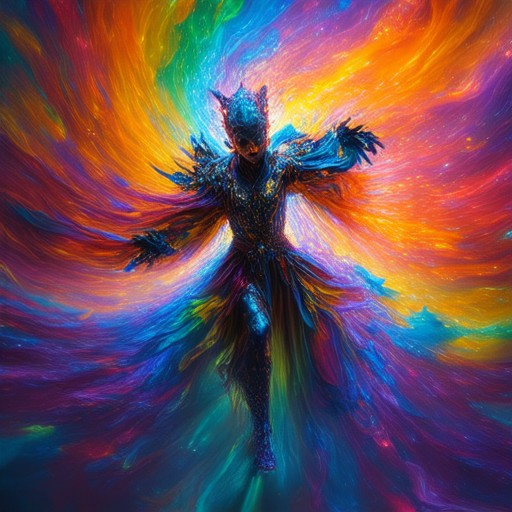
Do You Need a License to Be a Costume Designer?
No, there are no certification or licensing requirements specifically for costume designers in most places. However, certain states may require a general design license if you plan to work as an interior designer or offer design services that involve creating commercial spaces, which might overlap with costume design.
Steps to Start Your Career
- Build a Portfolio: Showcase your work to potential clients and gather testimonials to establish credibility.
- Network: Attend industry events, join professional organizations, and connect with other creatives to expand your reach.
- Continuing Education: Take workshops or courses to stay updated on the latest trends and techniques in design.
- Insurance: Consider obtaining product liability insurance to protect yourself in case of accidents or issues with materials used.
- Register Your Business: If you operate a business, registering it legally can help with tax purposes and build trust with clients.
While no universal certification is required, taking these steps can help you establish a successful career as a costume designer and potentially open doors to various opportunities in the field.
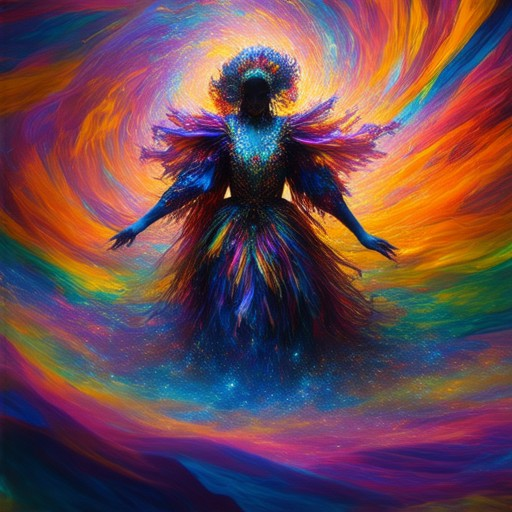
What 5 Aspects Should You Consider When Designing a Costume?
- Comfort and Mobility: Ensure the costume allows for freedom of movement to prevent discomfort during wear.
- Material Choice: Select fabrics or materials that are durable, non-toxic, and suitable for the design’s requirements.
- Aesthetic Appeal: Create a visually cohesive look that aligns with the character or theme you’re representing.
- Fit and Proportion: Tailor the costume to fit the wearer’s body type accurately to avoid awkwardness or misalignment.
- Theme and Purpose: Understand the occasion or purpose of the costume to ensure it serves the intended function effectively.
What Do Costume Designers Look At When Creating Their Costumes?
When creating costumes, costume designers meticulously analyze various elements to bring characters and stories to life. Here’s a breakdown of what they consider:
- Character Analysis : Designers study the character’s personality, background, and motivations to ensure the costume reflects their essence. This includes understanding their history, social status, and role in the narrative.
- Setting and Time Period : They examine the production’s environment, whether it’s a historical drama or a futuristic sci-fi setting, to ensure the costume aligns with the world-building.
- Story and Themes : The designer interprets the story’s underlying themes and emotional tones, translating these into visual elements that enhance the storytelling.
- Director’s Vision : They collaborate closely with the director to interpret their artistic style and integrate it into the costume design, ensuring consistency across the production.
- Cultural Context : For projects involving cultural or ethnic authenticity, designers research traditions, clothing styles, and customs to create culturally resonant costumes.
- Practicality and Functionality : They consider comfort, mobility, and durability, especially for action sequences or extreme weather conditions.
- Historical Accuracy : When necessary, they study historical references to mimic authentic periods or cultures, balancing detail with modern fabrication techniques.
- Actor’s Physicality : The designer works with actors to tailor costumes that fit their body type and movement requirements, ensuring comfort and functionality during performances.
- Prop and Set Integration : Costumes often interact with props and sets, so designers ensure seamless integration to maintain visual continuity.
- Solving Problems : They address challenges like weather resistance, visibility, and budget constraints, finding innovative solutions to keep the costume integral to the production.
By thoughtfully considering these factors, costume designers craft visually stunning and thematically rich costumes that enhance the storytelling and immerse the audience in the world of the production.
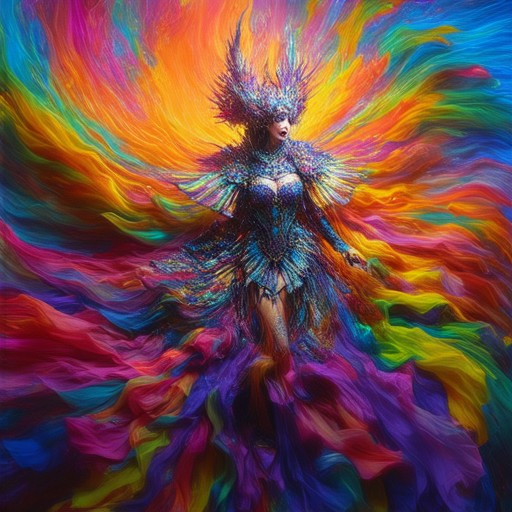
What Are the Four Types of Costumes?
In theatrical design and performance, costumes play a crucial role in conveying characters, themes, and emotions. Understanding the different types of costumes can help in creating effective designs that complement the production. Below are the four primary types of costumes:
- Historical Costumes : These costumes are based on historical periods and accurately reflect the clothing styles of specific eras. They are often used in plays, movies, and reenactments to depict real historical events or figures.
- Fantastic Costumes : These costumes are imaginative and depart from reality, often featuring elements of science fiction, fantasy, or mythology. They are commonly seen in films, comics, and role-playing games.
- Dance Costumes : Designed specifically for dancers, these costumes are vibrant, eye-catching, and often tied to the theme or story of the performance. They serve to enhance the visual appeal and storytelling aspect of the dance.
- Modern Costumes : Modern costumes reflect contemporary fashion and trends. They are often used in everyday performances, fashion shows, or to convey a specific character’s current style and status.
Costumes are essential in various forms of entertainment and storytelling, allowing creators to immerse audiences in different worlds and narratives. Whether historical, fantastical, danced, or modern, costumes serve as a powerful tool in shaping the audience’s experience.
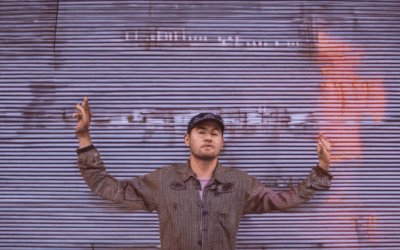

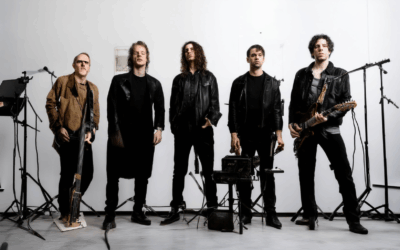
0 Comments